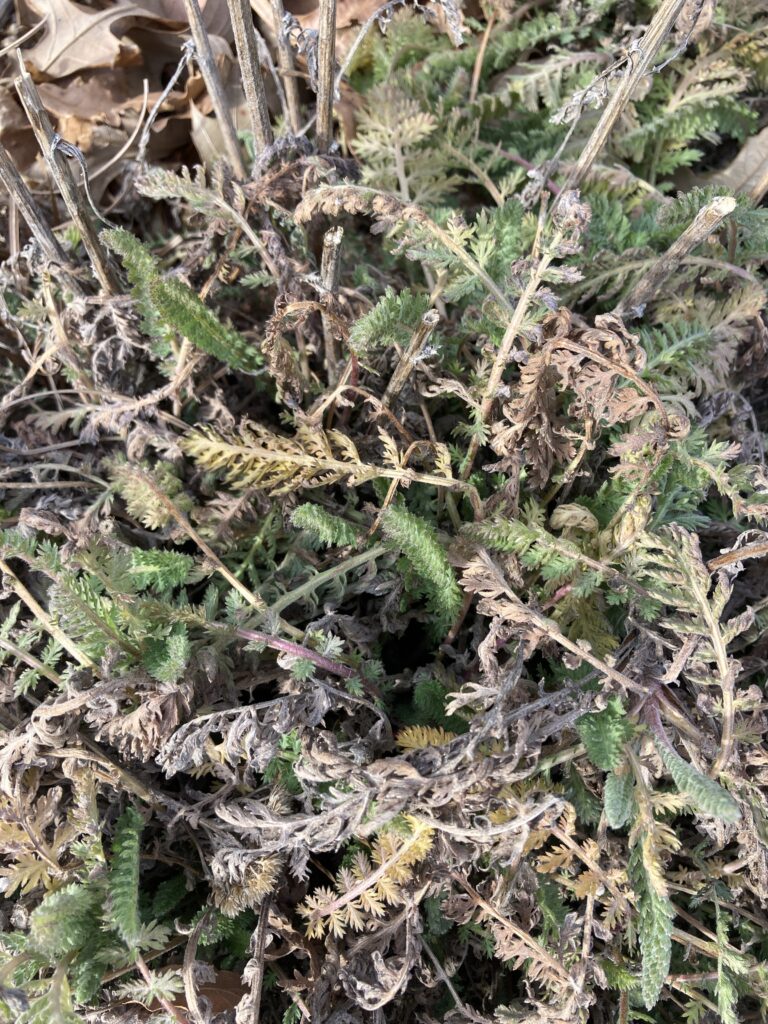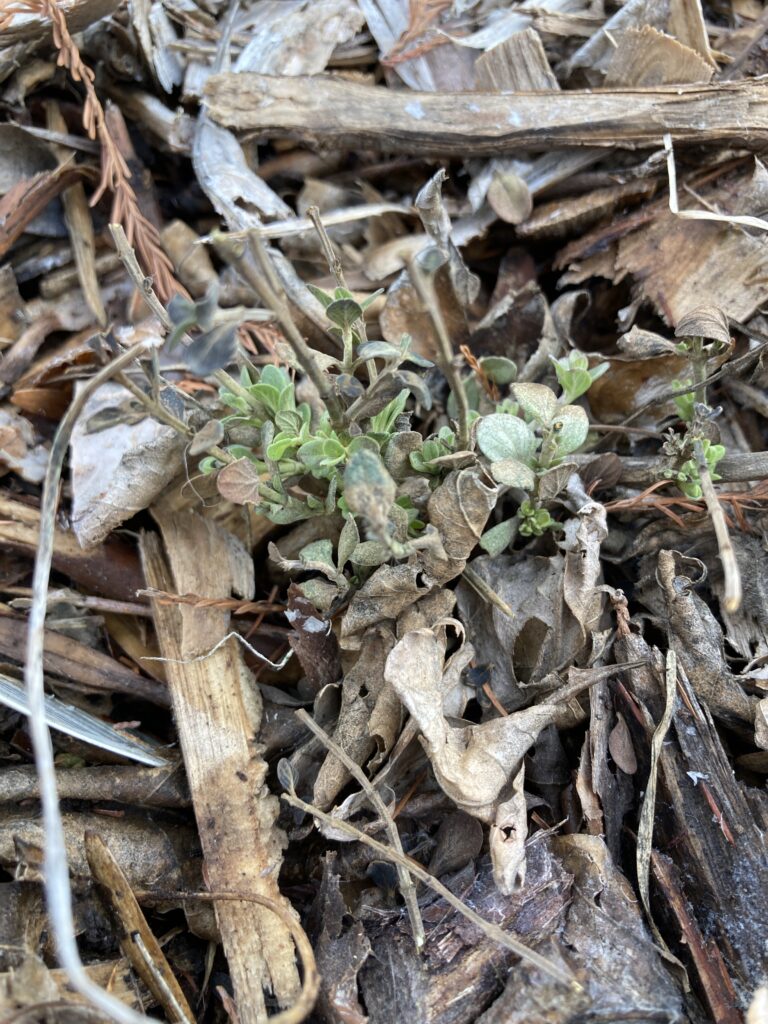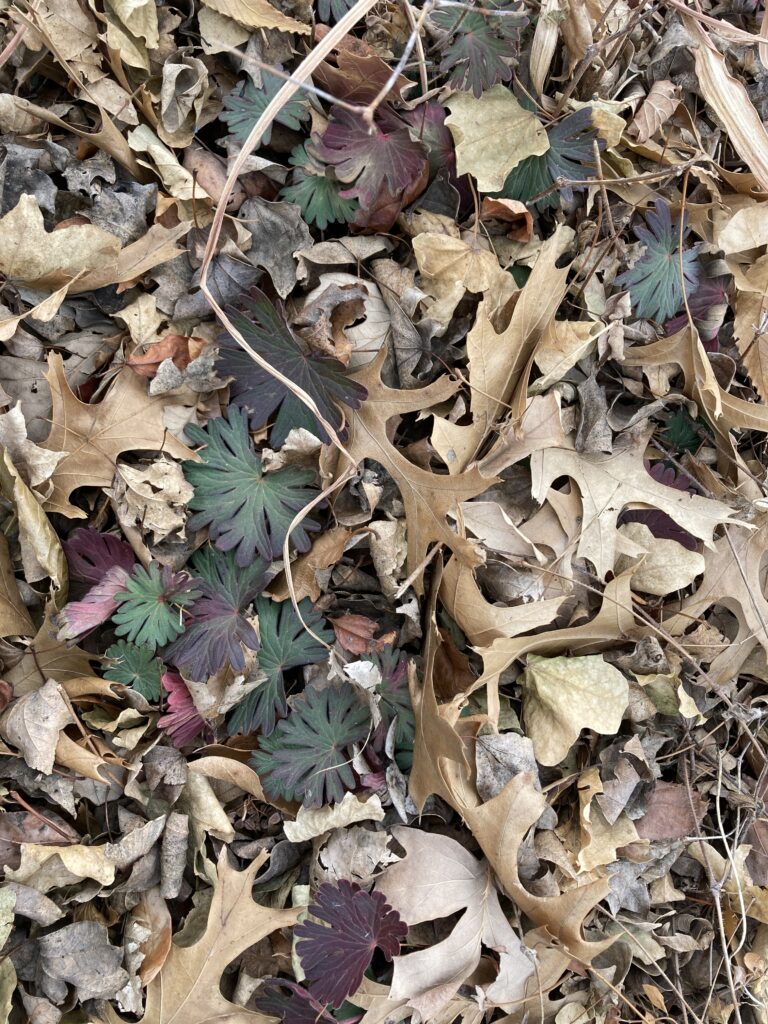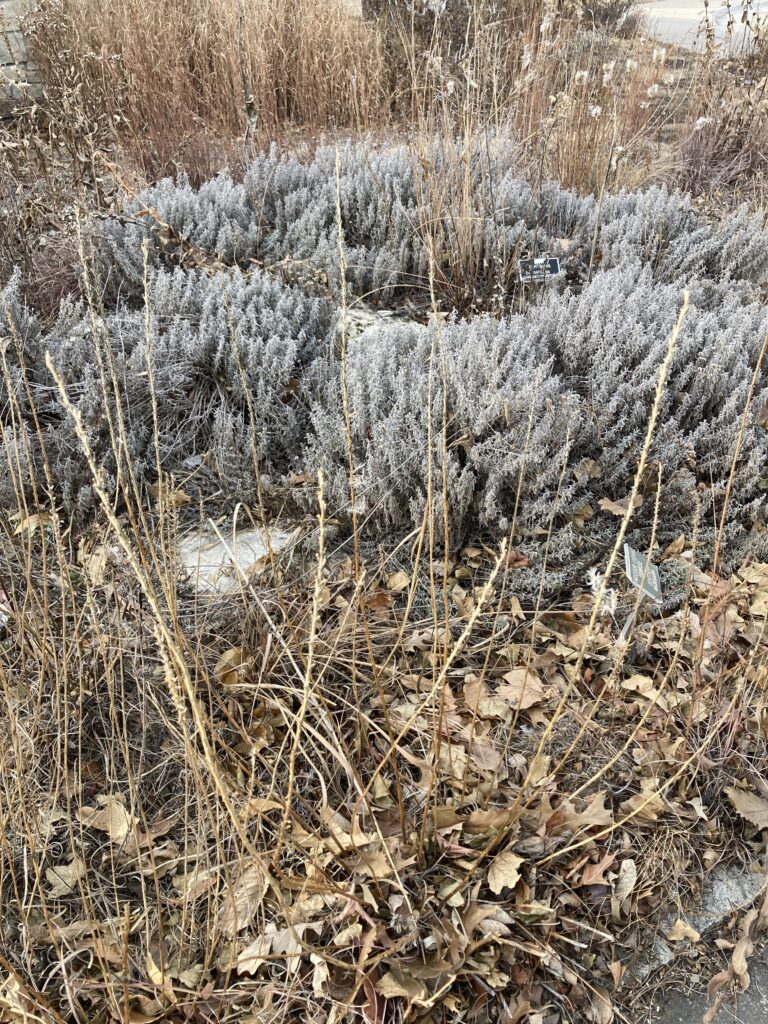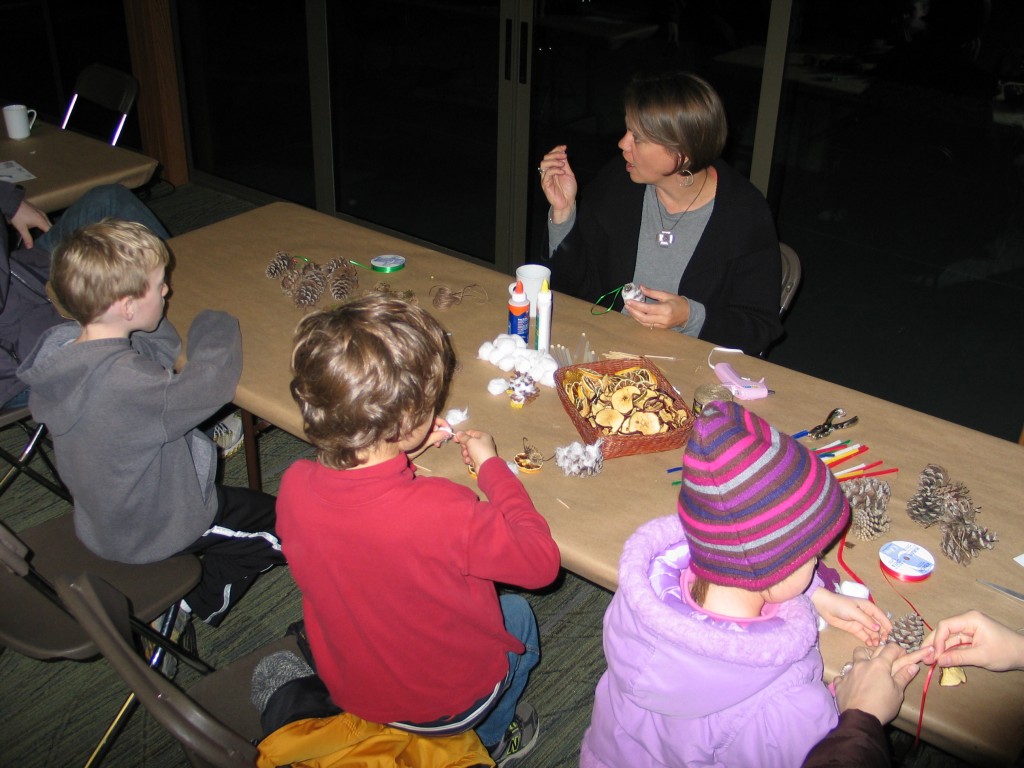This is my favorite time of the year. I love autumn. You can see and feel the changes of the seasons. Prairies turn from green to brilliant shades of red, orange and yellow. Trees light up the landscape with vibrant fall color. Asters dot the landscape as pollinators search for the last remaining nectar in the garden. There is so much to enjoy this time of the year. We don’t want to think about the real big change coming when winter arrives, but that change is coming all too soon.
I like to spend some time in the fall preparing our landscapes for winter. By dedicating some time now to your landscape, you will be rewarded with healthier, more beautiful plants next spring.
Here are some things on my checklist for the fall:
#1 Mulch
Fall is a great time to mulch all your plants. Mulching now will help protect roots from extreme temperatures while also helping the soils to retain moisture in a typically cold, dry winter. We apply 2-3 inches of new mulch around perennials, trees and shrubs. Be careful! Don’t allow mulch to contact the stem or trunk. We leave a halo around the plants to aid in air exchange and drying. Too much mulch can cause more harm than good.
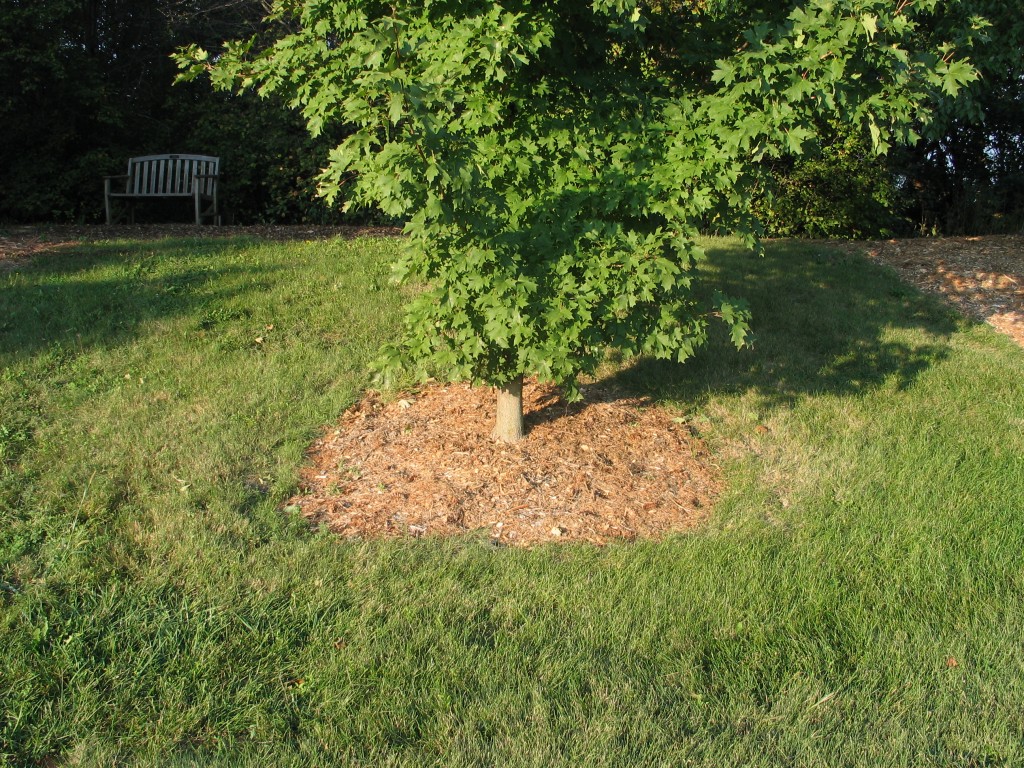
Table Rock Maple
#2 Lawn Care
This is the best time of the year to plant a new fescue lawn or overseed an existing fescue lawn. I overseeded my back yard last week. It is just starting to germinate. I used clean, weed free seed and watered it daily. I applied 3-5 lbs. per 1000 square feet. If you are planting a new lawn, apply 5-10 lbs. per 1000 square feet. You have until October 15 to get your seeding finished. It is usually too late to seed after October 31. The cool nights, warm days, beneficial rains and less weed competition make this time of year ideal for seeding grass.
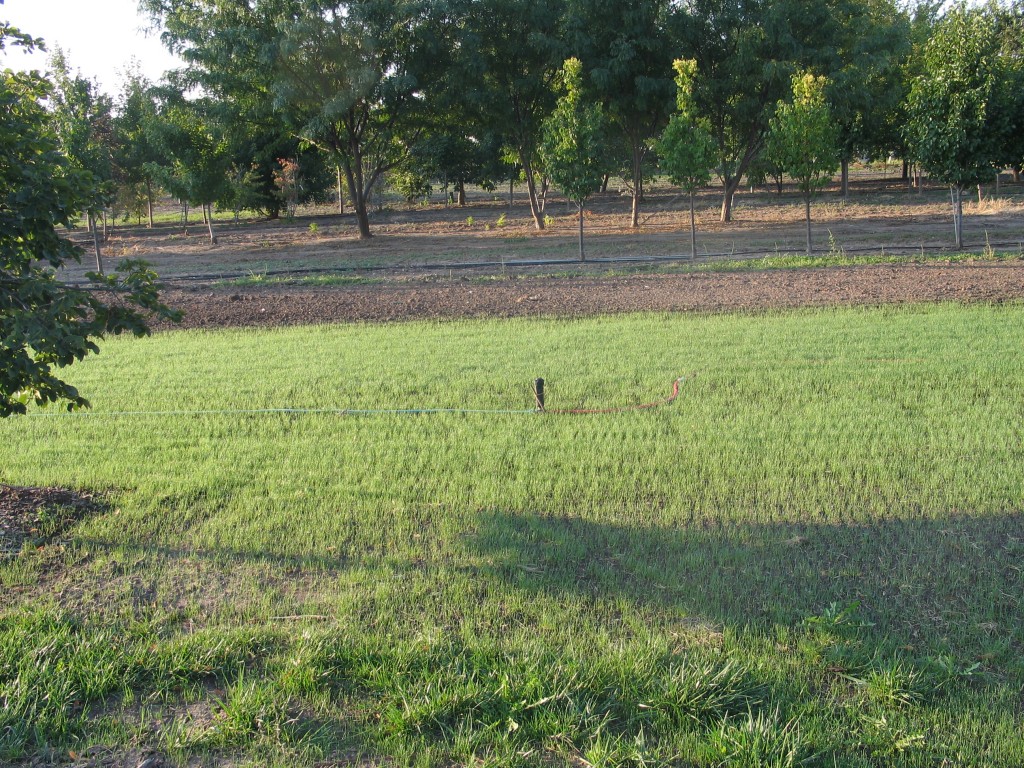
It is also the best time to fertilize your fescue lawn. We apply one pound of nitrogen per 1000 square feet. Fall fertilization promotes root growth. The roots of the fescue absorb and store the nutrients for the winter. This stored energy will make for a thicker, healthier lawn next spring.
Remove leaves from lawn and place in compost pile. Falling leaves block sunlight to the grass inhibiting growth. Leaves can be shredded and composted into the lawn, but often this causes more problems. It is usually best to completely remove them.
#3 Fall Clean-up
Remove Annuals and Cut Perennials: After the first frost, annuals can be removed from the landscape. Prior to the first hard freeze, tender annuals need to be dug up and stored for the winter (i.e. cannas and elephant ears).

In certain gardens, we deadhead spent blooms on plants such as gray-headed coneflower and coneflowers to prevent seeding. Other seedheads are left through the winter as food sources for birds. We leave ornamental grasses through the winter. They provide texture and movement in the winter landscape. These beds will be cleaned up in the spring.
Keep in mind that fall is NOT the best time to prune trees and shrubs. It encourages new growth that will not get hardened off before winter, making it susceptible to damage. Prune trees in the winter after they have gone dormant. Shrubs can be pruned in the winter as well but only if they bloom on new growth. Pruning spring blooming shrubs in the winter will remove next year’s blooms. Prune these after they have finished blooming in the spring.
#4 Water
It is vital that perennials, trees and shrubs are adequately watered throughout the fall. Newly installed plants don’t have a fully established root system and would benefit from periodic watering. If the top 1-2 inches of soil is dry, the plants need water. Evergreen trees continue to need moisture in winter, so irrigate thoroughly before the ground freezes.

Arizona Cypress
#5 Take inventory and Think Spring
In the fall, I analyze the landscape. This is the best time to determine what your needs will be next spring. What plants did well in the landscape? What plants need help or need to be moved next spring? Are there any plants that would benefit from dividing such as grasses? What areas need to be filled next spring? Does the canopy of the trees need to be thinned to allow more light into the landscape? Install spring blooming bulbs before the ground freezes.
This is a great season of the year. Take some time to appreciate the beauty of fall. There is so much to enjoy, but set aside some time to prepare for the winter. A little work now on your landscape will pay big dividends in the spring.

